The Court’s Decision
On June 28, 2012, the Supreme Court confirmed the constitutionality of the Patient Protection and Affordable Care Act (ACA) including the individual mandate and related insurance reforms central to achieving the law’s goal of near universal coverage.
In a ruling that surprised most legal scholars, Court’s decision limits HHS’s ability to enforce the Medicaid expansion by removing a state’s funding from the existing, pre-ACA Medicaid. The Court found that the ACA created a “new” Medicaid program for newly eligible adults that stands alongside, at a state’s option, the existing Medicaid program for previously eligible parents, disabled and elderly adults, pregnant women and children.
The Supreme Court left intact other Medicaid provisions under the ACA, including those that modernize the Medicaid program and ensure coordination between a modern Medicaid program and new Health Insurance Exchanges. In the future, Medicaid and the Children’s Health Insurance Program (CHIP) will apply the same core income counting rules as apply to determinations of eligibility for premium tax credits in the Exchange. The eligibility and enrollment process for Medicaid, CHIP and premium tax credits—whether or not a state expands Medicaid coverage to the new adult group—will be simple, seamless and technology supported.
What it means for Maryland
Secretary Sharfstein has indicated that the state plans to move forward with increasing Medicaid coverage levels for adults to 133 percent of the federal poverty threshold beginning in 2014. The department anticipates that more than 100,000 Marylanders will enroll in the first year of the expansion taking effect.
In 2020, the first year in which the state has to pick up 10 percent of the cost for expanding the threshold to 133 percent, the cost to the state would be about $51 million. But in the same year, the state would receive $131 million in federal dollars because the federal government is taking over a financial responsibility the state is currently meeting with a substantial amount of state funding.
Resources for more information:
Primary Source: The Supreme Court’s Decision
The original text from the Supreme Court, as well as the archive of the arguments for and against are available on the Supreme Court’s website.
http://www.supremecourt.gov/opinions/11pdf/11-393c3a2.pdf
Kaiser Family Foundation
The Kaiser Family Foundation has a special sub-site devoted entirely to health reform policy issues. This site contains valuable resources and information to describing the impact of Supreme Court’s decision within the broader context of the law.
State Refor(u)m
State Refor(u)m is an online network for health reform implementation. It is an initiative of the National Academy for State Health Policy, funded by the Robert Wood Johnson Foundation. The site connects state health officials looking for information and assistance with their peers and other experts who have relevant resources and experiences to share.
http://www.statereforum.org/supreme-court-case
Last modified: July 10, 2012



